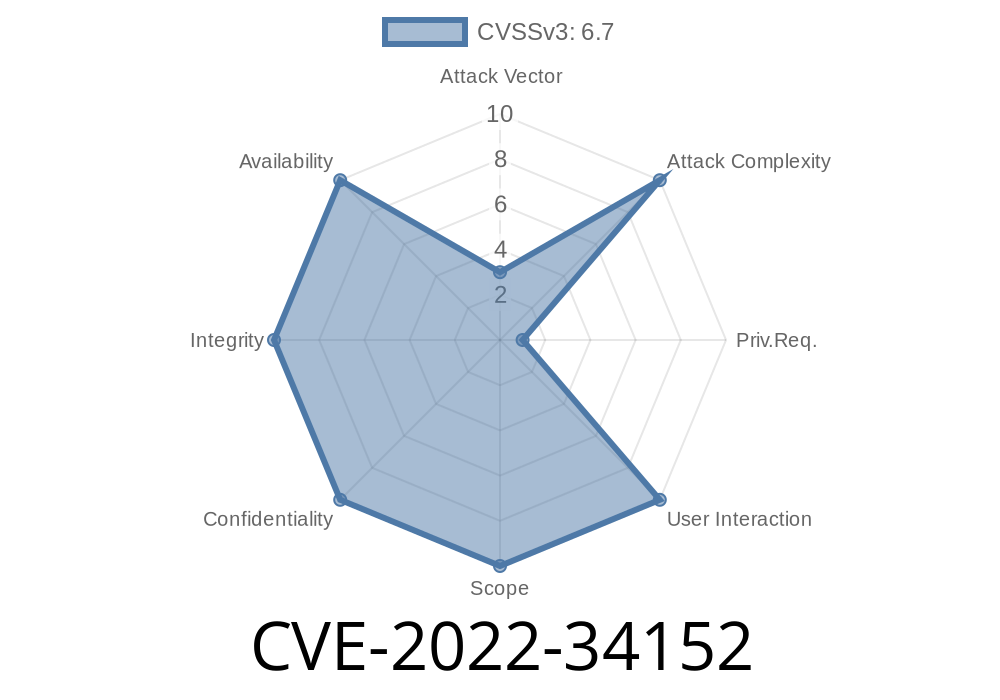A recently-discovered vulnerability, identified as CVE-2022-34152, affects the BIOS firmware of certain Intel(R) NUC Boards and Intel(R) NUC Kits. If exploited, this security flaw could enable an attacker with local access to escalate their privileges and gain unauthorized control over the affected system. In this post, we will delve into the specifics of this vulnerability, covering the affected products, the detailed exploit, and potential mitigations to protect against it.
* Intel(R) NUC Kits
The security flaw affects devices running BIOS firmware versions before TY007. To determine if your device is vulnerable, check the BIOS version and find your product in Intel's official list of affected devices (link provided below).
Vulnerability Details
This vulnerability resides in the BIOS firmware's function responsible for validating user inputs. Insufficient input validation may allow a malicious user with administrative privileges to inject specially crafted data, which can lead to unauthorized access and potentially escalate their privilege level on the affected system.
An example exploit using this vulnerability follows
import os
def exploit():
crafted_input = b"\x00" * x100
os.write(, crafted_input)
if __name__ == "__main__":
exploit()
This simple Python code snippet creates a crafted input (filled with null bytes) and writes it to the target system. A successful exploit would allow the attacker to escalate their privileges and potentially compromise the entire system.
For more information, refer to the original references
* Intel's Official Advisory
* MITRE's CVE Details
* National Vulnerability Database (NVD)
Mitigation and Prevention
Intel has released a firmware update (version TY007) to address the improper input validation issue in the affected devices' BIOS. To mitigate this vulnerability, users should:
* Update the BIOS firmware to the latest version (TY007 or later) via the manufacturer's or vendor's website.
* Always follow the principle of least privilege, restricting user access and permissions to the absolute minimum necessary to perform their job functions.
* Regularly monitor and audit system logs for any signs of suspicious activity or potential intrusion attempts.
In conclusion, this vulnerability highlights the importance of securing firmware and keeping it up-to-date to protect against potential threats. By staying informed about security issues and applying the necessary mitigations, users can defend their systems against unauthorized access and privilege escalation attacks.
Timeline
Published on: 11/11/2022 16:15:00 UTC
Last modified on: 11/16/2022 18:56:00 UTC
